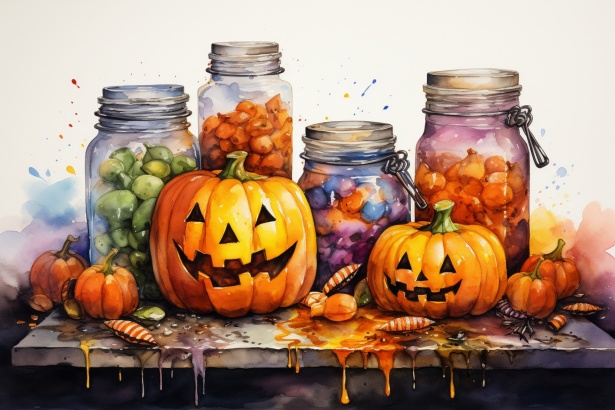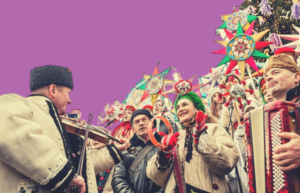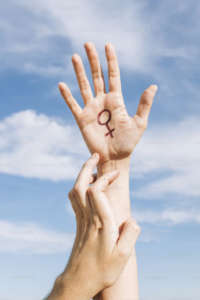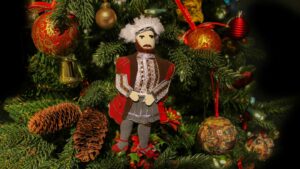How does Halloween effect the global sweet market? by Oliver N
We all love Halloween for the sweets and the chocolate that come with trick or treating around the neighbourhood, but your sweet tradition isn’t the only thing that is fed by Halloween.
On average, the UK alone spends around £1 billion on spooky themed items every Halloween season, with this year being projected at £779 million with £200 million of that being just on confectionary, with the average person spending £26 on October 31st alone for sugary snacks. However we aren’t the only ones with big budgets for the spooky festival with America spending £3.5 billion on confectionary in 2024.
So what is Halloween?
Originally called All Hallows’ Eve, before it was shortened in Scotland to Hallowe’en and then Halloween following a Christian influence. The once Celtic tradition was celebrated in Scotland and Ireland with souling, which was their version of trick-or-treating where children would run from door to door in for food in exchange for prayers, along with other traditions like dressing up in costumes, used to initially to confuse evil spirits, and using turnips
hollowed out into lamps (pumpkins were used in America before it spread globally). The modern traditions are only a twist on this tradition, with children dressing up using common themes like witches, monsters, vampires and even famous characters, all looking for one thing – to satisfy their sweet tooth.
People buy sweets and chocolate to hand out, and with countless options of brands, flavours and many more, it has a big impact on the market, and probably your wallet.
With eye-watering prices on chocolates due to import duties and tariffs, companies are leaning towards smaller, fruitier sweets as the main produce for this year. One of the favourites on the confectionary rankings for Halloween are the Haribo horror mix, containing Boo Bears, Dracula’s Rings, Spooky Twin Snakes, Blood Orange Cola and Black Cherries.
The US spends majority of their money during Halloween on sweets with 18% of the annual sales attributed to this, and with the global figure being 5% of sales all on s sweets! The UK doesn’t spends significantly less their American counterparts however with only around 6% of the annual confectionary spending on Halloween.
Careful marketing plays a big part in the sales, with the use of social media in the ever-growing market and social
media influencers advertising the new sweet or chocolate. Mars used hashtags like #trickortreat to encourage users through apps like ticktock. Clickable ads is an advertising campaign that is often used, as well as comedy shorts and videos, for example Haribo posted this in 2024 ‘Monster approved’ which showed a video of kids dressed up in their Halloween costume telling the ‘‘parents of Britain’’ that they need better quality sweets and inferring that the Halloween ‘Trick or Treat’ sweets were the best. From that, roughly 1.5 million packets sold in 2024. To help encourage their campaign, they gave free packets away. Personally I think that it is a good and clever idea to market their products and new confectionery, however some of their limited addition sweets feel very similar to previous years.
Some religious groups don’t agree with this century old tradition though because of conflicting beliefs and links to pagan beliefs and the devil, which can be offensive and regarded as sinful or going against their religion.
So, to conclude, Halloween is a big holiday contributing £200 million to the annual sweet sales. But not everyone agrees with this tradition.
Sources: finder.com, foodora.com, fiscalfx.co.uk, dictionary.com, wikepedia.org, fooddive.com, harrogateadvisor.co.uk/lifestyle/food, hrcak.srce.hr
by Oliver N















Post Comment
You must be logged in to post a comment.